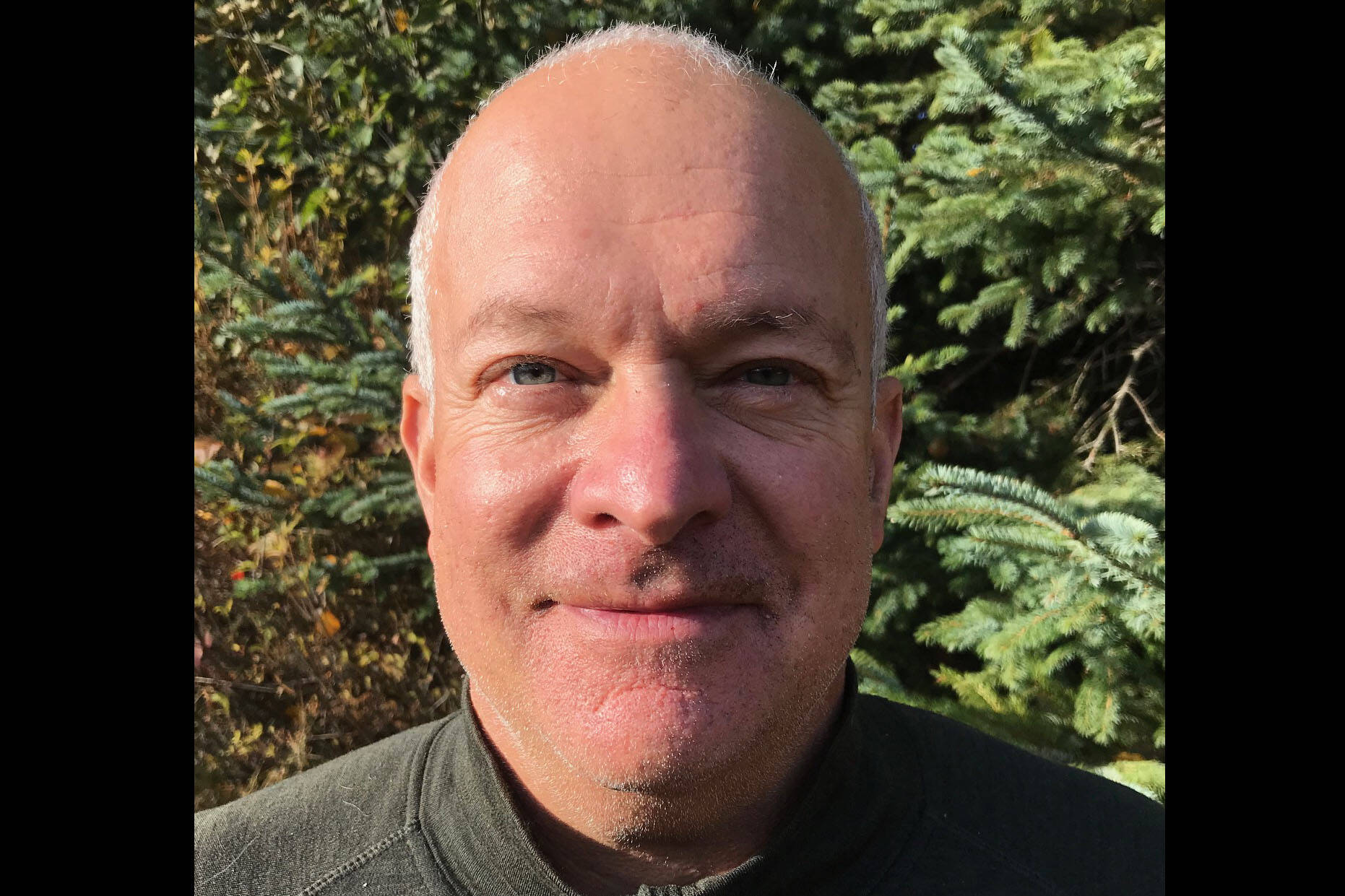I wrote to Rep. Sarah Vance recently with concerns over school funding. As usual, she responded promptly and professionally, and went into detail why she doesn’t think raising the base student allocation (BSA) — which is the amount of money the Legislature appropriates to schools for each student annually — results in higher quality of education.
As I read Ms. Vance’s response further, however, I realized she based her position largely on a report produced by a group called the Alaska Policy Forum.
Most Alaskans have never heard of the Alaska Policy Forum, and if you look at its website or read its opinion pieces, you’d think it was just another group of concerned Alaskans engaging in the public process. But when you scratch the surface, a very different story emerges.
The Alaska Policy Forum is actually part of a sprawling and coordinated web of lobbying groups and so-called “think tanks” in all 50 states that make up something called the State Policy Network. Each of these state groups channels generic data and talking points from big donors at the national level and wraps them in a state-specific veneer to make them appear authentic.
For example, the Alaska Policy Forum report cited by Rep. Vance actually pulled much of its information about Alaska from a private foundation based in Los Angeles that’s supported by rich donors and big corporations. More disturbingly, it cherry picks information that supports its anti-public education agenda and ignores data which doesn’t. In other words, the Alaska Policy Forum relies on Outside money and talking points to present a distorted and inaccurate version of reality in our local communities.
On the Kenai Peninsula, public education is in crisis. Teachers cannot afford to live here, and educator recruitment and retention are increasingly difficult. Our schools and families are increasingly told to do more with less, while budget shortfalls threaten to close our community pools and theaters.
The Legislature last increased the BSA in 2017. Since then, we’ve seen inflation rise over 20% and property, liability and workers comp insurance have ballooned over 23%. In just the past year, electricity and natural gas costs alone have gone up nearly 6%. To make matters worse, our health care costs are about five times the national average, and have increased nearly 7% every year for the past five years. While the Legislature has made several one-time appropriations to prop up public education, they are window dressing on structural budget problems that demand longer-term solutions.
The Alaska Policy Forum, on the other hand, spins a tale of greedy school administrators sucking resources away from our kids, and lavish spending on employee benefits that detracts from our schools. Nothing could be further from the truth; all you have to do is spend a little time with the hard-working folks who are dedicated to educating our kids to know the truth.
The question then becomes, why is the Alaska Policy Forum so opposed to public education? The answer is simple: because APF and the rich donors and corporations that support the State Policy Network want to transfer public taxpayer money into private hands. It’s that simple. They take the same position with health care and prisons, and it’s the same cookie-cutter song in every single state: Our elected government is bad, let the market decide.
But there’s one problem. Some needs in our society cannot be met when corporate profits are the primary goal. That’s because the so-called free market has no conscience. So if it’s a decision between educating a child or making more money — or caring for a cancer patient versus maximizing profit — the drive for profits will prevail. We cannot serve two masters.
The United States is the richest country in the history of the world, and Alaska corporations are reaping record profits from our vast resource wealth. So why don’t we fund public education? A central reason is because the wealthy donors and big corporations behind the State Policy Network and its local affiliates want to take our tax dollars for profits rather than making a better future for our kids.
So, it’s no surprise the Alaska Policy Forum opposes investments in public education. But it is disappointing to see Rep. Vance and other local politicians spreading these short-sighted ideas — spoon-fed from think tanks in Los Angeles and Washington, D.C. — in the discussions around public school funding in Alaska. As we all know, investments in public education pay long-term dividends, and they will help insure long-term health and prosperity for Alaskans and Alaska.
When I want to know what’s going on with public education in Alaska, I go to the source. I talk to teachers and principals in my community; I talk to parents and families. I talk to school board members. And the message I hear is consistent and clear: We need stable, predictable funding to attract and retain high quality educators. That means increasing the base student allocation and inflation-proofing it so our teachers can do what they do best: educate our kids so their future is as bright or brighter than ours.
Bob Shavelson is a longtime resident of Homer.

